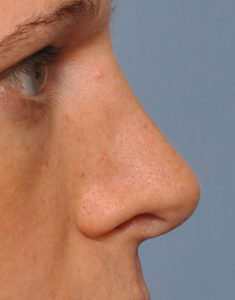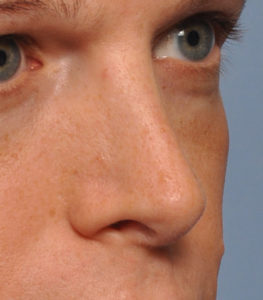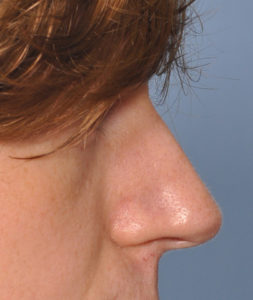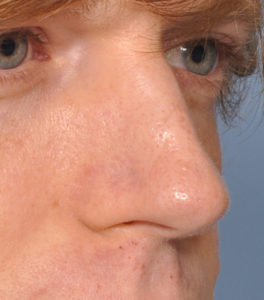
To some degree feminizing a nose potentially violates adequate support for the middle third of the nose and potential nasal airway compromise….if it is done aggressively which some patients prefer. But this can be avoided by adequate cartilage graft support.

Dr. Barry Eppley
Indianapolis




